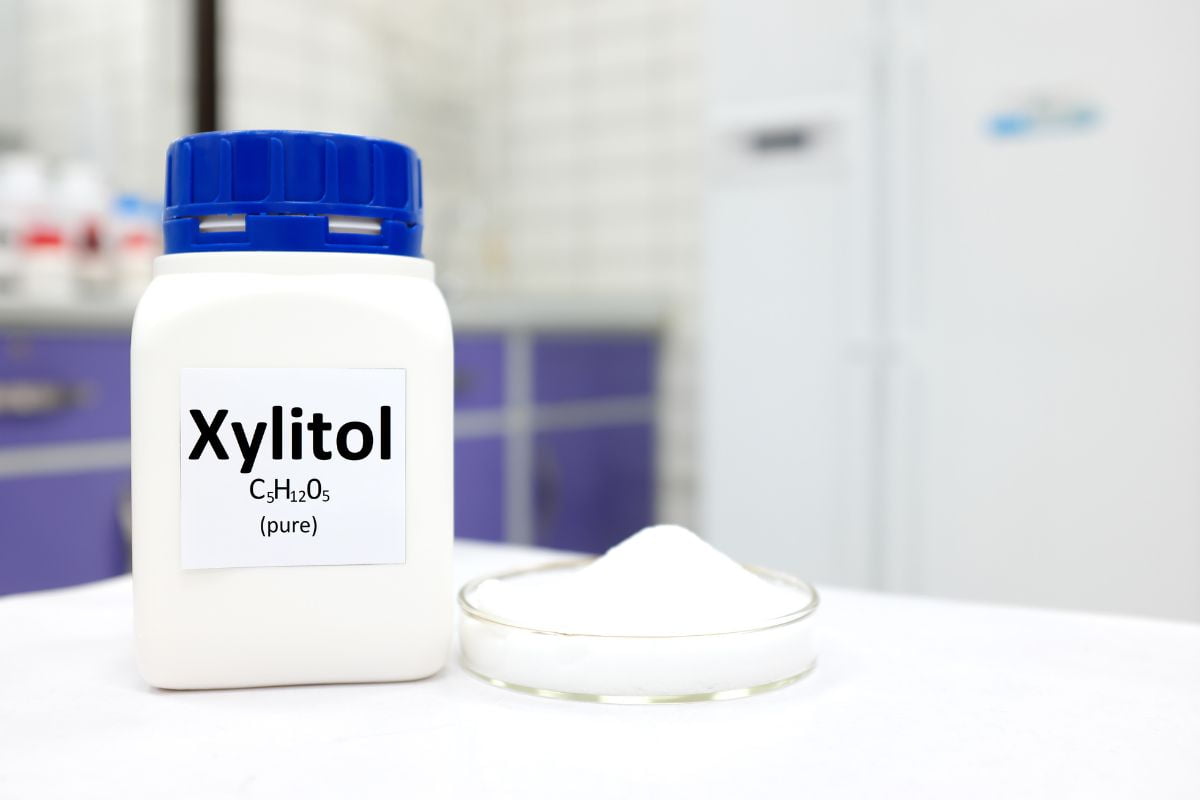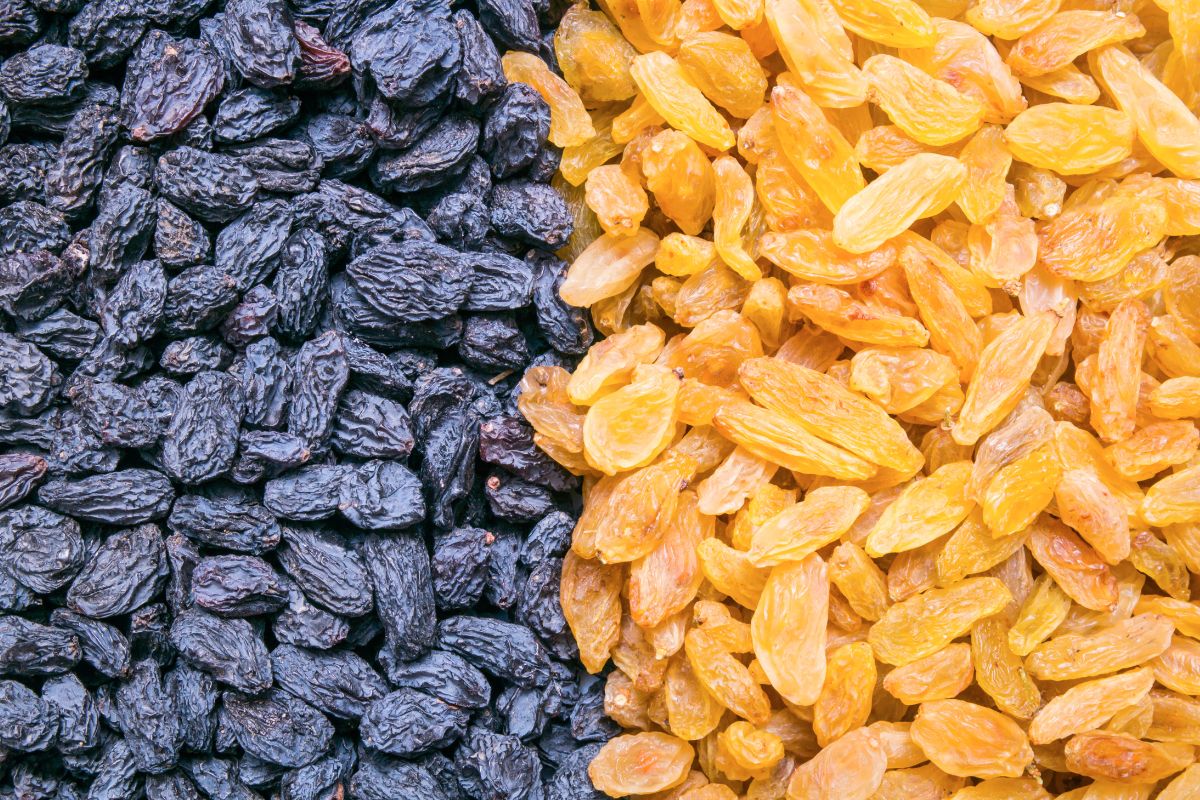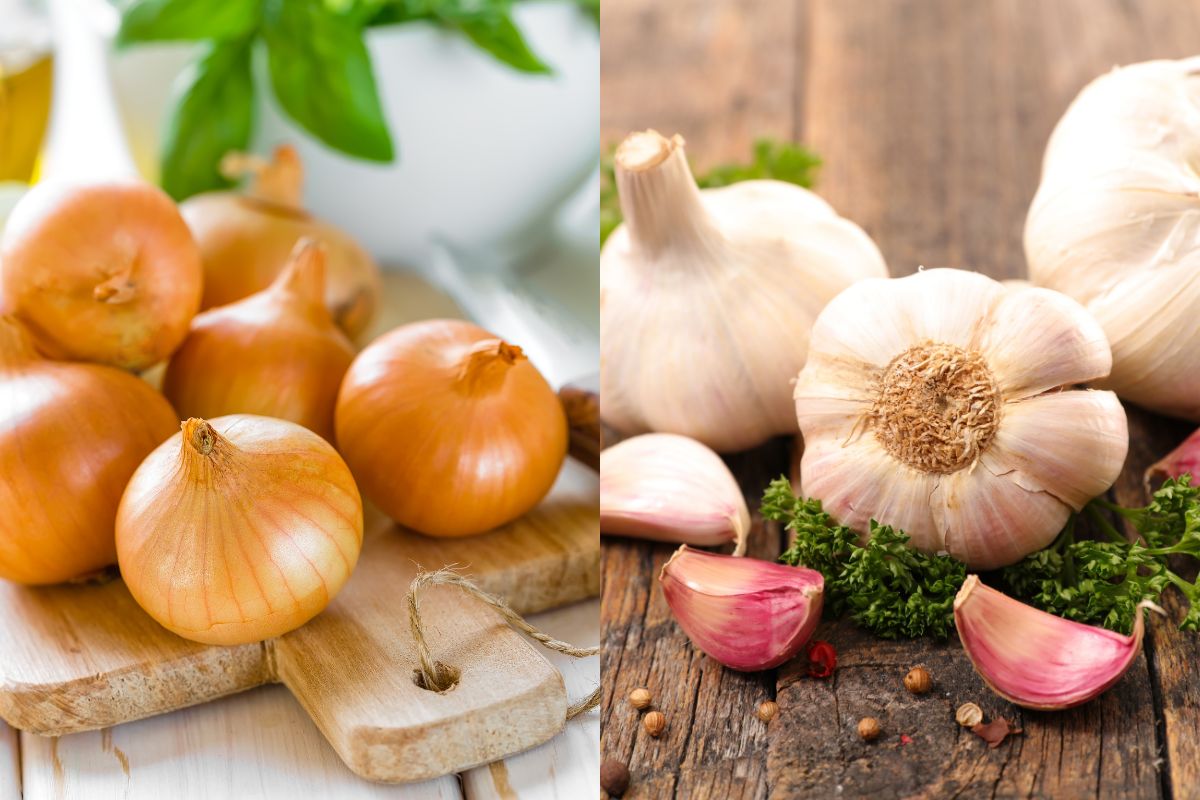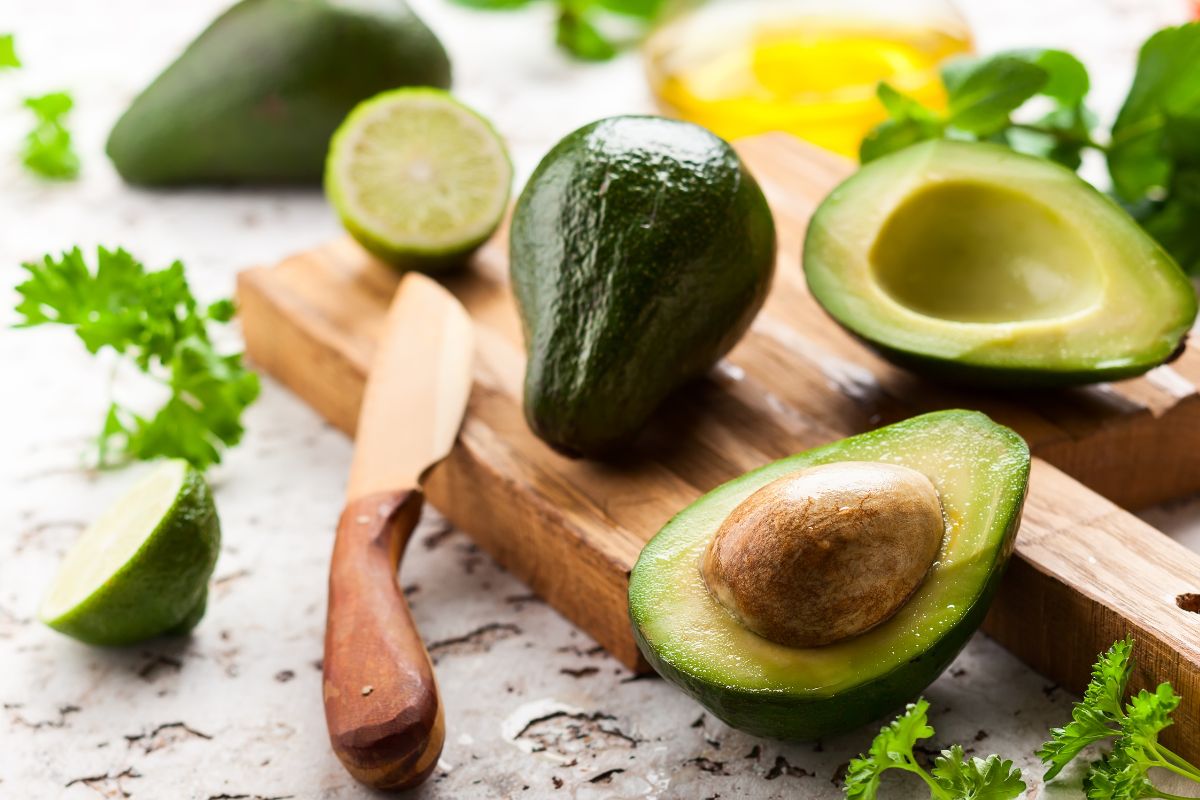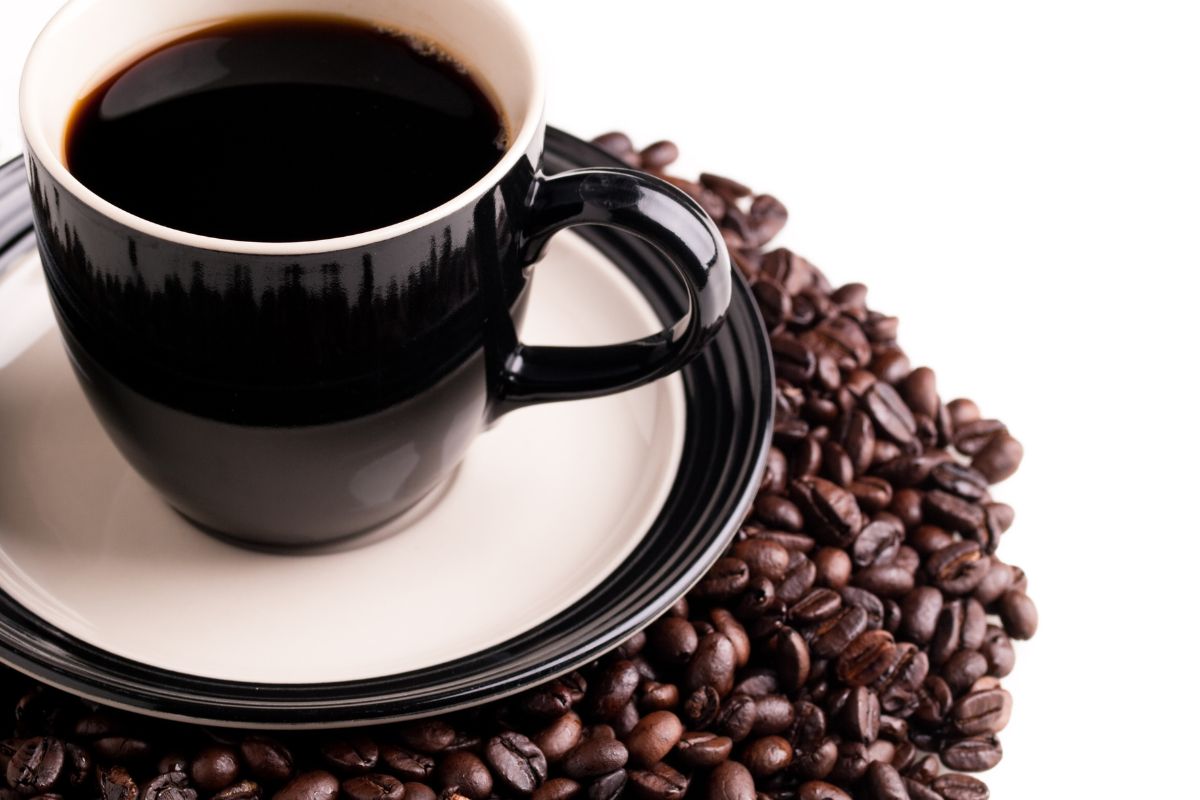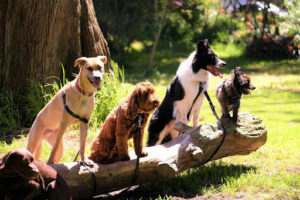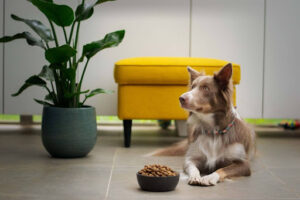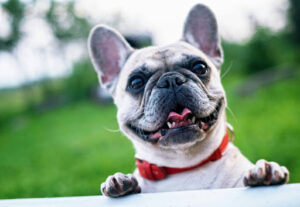As a pet parent, one of your key responsibilities is to ensure the well-being and health of your furry friend. Dogs are not just pets; they are family members who rely on us for their care and safety. This includes being aware of their dietary needs and understanding that what is safe for humans can often be harmful to dogs. Many common household foods, while harmless to us, can pose significant risks to our canine companions. It’s essential to be aware of these harmful foods for dogs to prevent accidental ingestion and ensure their long-term health and happiness.
In this comprehensive guide, we will explore seven harmful foods for dogs that are commonly found in households. These foods can range from everyday snacks to ingredients used in our cooking. Understanding why these foods are harmful to dogs and what symptoms to look out for is crucial for every dog owner. So let’s dive right in, shall we?
1. Chocolate: A Sweet Danger
Why It’s Harmful: Chocolate is often cited as one of the most common harmful foods for dogs. It contains theobromine and caffeine, two substances that are metabolized much more slowly in dogs than in humans. This slow process can lead to toxic levels in the dog’s system, causing a range of symptoms. Darker chocolate contains higher levels of theobromine and is therefore more dangerous, but even milk chocolate can be harmful in larger quantities.
Symptoms of Chocolate Poisoning: Symptoms can vary depending on the amount and type of chocolate consumed. They can include vomiting, diarrhea, excessive thirst, panting, restlessness, increased heart rate, and in severe cases, seizures and heart failure.
What to Do: If you suspect your dog has ingested chocolate, it’s crucial to act quickly. Contact your veterinarian immediately as treatment is most effective when started early. Provide details about the type and amount of chocolate ingested, as this will guide the treatment plan.
Prevention Tips: The best way to protect your dog from the dangers of chocolate is to keep it out of reach. Ensure that all family members, especially children, understand the risks of feeding chocolate to dogs. During holidays like Diwali or Christmas, when chocolate is more prevalent, be extra vigilant.
2. Xylitol: The Hidden Threat in Sweets
Why It’s Harmful: Xylitol, a common sugar substitute found in many sugar-free products, is another prominent item on the list of harmful foods for dogs. When dogs ingest xylitol, their bodies mistakenly release insulin, thinking they’ve consumed glucose. This insulin release can lead to a dangerous drop in blood sugar levels (hypoglycemia) and, if not treated promptly, liver failure.
Symptoms of Xylitol Poisoning: The symptoms of xylitol poisoning in dogs can manifest quickly, typically within 10 to 60 minutes of ingestion. They include vomiting, weakness, lack of coordination, seizures, lethargy, and in severe cases, collapse.
What to Do: If you suspect your dog has ingested a product containing xylitol, it is a medical emergency. Immediate veterinary attention is crucial. Inform your vet about the product and the approximate amount ingested. Quick and appropriate treatment can be lifesaving.
Prevention Tips: Preventing xylitol poisoning is all about awareness. Read labels carefully on products such as gum, candy, baked goods, and even some peanut butters. Educate your family and visitors about the danger of these harmful foods for dogs, and keep such items well out of your dog’s reach.
3. Grapes and Raisins: Small but Deadly
Why It’s Harmful: Grapes and raisins are often overlooked but are extremely harmful foods for dogs. The exact compound that makes grapes and raisins toxic to dogs is unknown, but their consumption can lead to acute kidney failure, a serious condition that can be fatal. This is true for all types of grapes (red, green, and black) and their dried products (raisins).
Symptoms of Grape and Raisin Poisoning: After ingesting these fruits, a dog may initially experience vomiting or diarrhea, followed by signs of kidney failure like lethargy, loss of appetite, and abnormal urination. Symptoms can occur within a few hours to several days after ingestion.
What to Do: If your dog eats grapes or raisins, it’s a medical emergency. Contact your veterinarian immediately, even if your dog seems fine. Early intervention is key to preventing kidney failure.
Prevention Tips: The best way to prevent poisoning from these harmful foods for dogs is to keep grapes and raisins out of reach. Educate your family about the risks and be mindful of products like fruit salads, cereals, and baked goods that may contain these fruits.
4. Onions and Garlic: A Pungent Risk
Why It’s Harmful: Onions, garlic, and other members of the Allium family (like chives and leeks) are surprisingly harmful foods for dogs. These common kitchen staples contain compounds that can cause oxidative damage to red blood cells in dogs, leading to a condition called hemolytic anemia. This is dangerous because it decreases the red blood cells’ ability to carry oxygen, and in severe cases, it can be life-threatening.
Symptoms of Allium Poisoning: The signs of poisoning from onions and garlic can take a few days to appear and include lethargy, weakness, decreased appetite, pale gums, and in severe cases, dark-colored urine due to the breakdown of red blood cells.
What to Do: If you suspect your dog has ingested onions or garlic, it is crucial to seek veterinary care immediately. Treatment may involve blood transfusions and supportive care, depending on the severity of the anemia.
Prevention Tips: Prevention involves keeping these harmful foods for dogs out of reach and being vigilant when feeding your dog human food. Ensure that meals prepared for your dog are free from these ingredients. Educate all family members, especially those who might be tempted to share table scraps with the pet.
5. Avocado: Not Just Guacamole’s Ingredient
Why It’s Harmful: Avocado makes it to the list of harmful foods for dogs due to a substance called persin. While persin is not toxic to humans, it can cause health issues in dogs. The level of toxicity varies among different breeds and individual dogs. Not only is the fruit itself a concern, but the pit also poses a significant choking hazard and can cause obstruction in the digestive tract if ingested.
Symptoms of Avocado Poisoning: If a dog eats avocado, they might experience vomiting, diarrhea, and in some cases, myocardial damage. The signs may vary based on how much avocado the dog has eaten and their sensitivity to persin.
What to Do: If you believe your dog has eaten avocado, especially if they have ingested the pit, it’s important to contact your veterinarian immediately. Treatment will depend on the symptoms and may involve inducing vomiting or surgery in the case of pit obstruction.
Prevention Tips: The best way to prevent avocado poisoning is to keep all forms of this fruit, including guacamole and other avocado-based dishes, out of your dog’s reach. Also, be cautious about disposing of avocado pits and skins where your dog can’t get to them.
6. Alcohol: Not for Paw-tying
Why It’s Harmful: Alcohol is a well-known toxic substance for dogs, making it a critical item on the list of harmful foods for dogs. Dogs are far more sensitive to ethanol than humans, and even small amounts of alcohol, whether in drinks, food products, or even certain mouthwashes and sanitizers, can be dangerous. Alcohol poisoning in dogs can lead to severe health issues, including central nervous system depression, decreased coordination, difficulty breathing, acidosis, and even coma or death in extreme cases.
Symptoms of Alcohol Poisoning: Symptoms can appear quickly and may include vomiting, diarrhea, disorientation, lethargy, lack of coordination, difficulty breathing, tremors, and seizures. In severe cases, it can lead to coma or death.
What to Do: If your dog ingests alcohol, immediate veterinary attention is crucial. The treatment will depend on the amount of alcohol ingested and the symptoms presented.
Prevention Tips: Always keep alcoholic beverages, foods cooked with alcohol, and other household products containing alcohol out of your dog’s reach. Ensure guests are aware of this danger and do not leave their drinks where dogs can reach them.
7. Caffeine: More Than Just a Wake-Up Call
Why It’s Harmful: Caffeine is another substance that should be on every dog owner’s radar as a harmful food for dogs. Found in coffee, tea, cola, energy drinks, and certain medications, caffeine can be extremely dangerous to our canine companions. Similar to chocolate, caffeine contains stimulants that dogs are highly sensitive to. Even small amounts can lead to caffeine poisoning, which can cause a range of serious health issues.
Symptoms of Caffeine Poisoning: The signs of caffeine poisoning in dogs include restlessness, hyperactivity, vomiting, elevated heart rate, hypertension, tremors, and in severe cases, seizures or death.
What to Do: If you suspect that your dog has ingested caffeine, it’s important to seek veterinary care immediately. The treatment depends on the amount of caffeine ingested and the dog’s symptoms, but it may include inducing vomiting or administering activated charcoal to prevent further absorption.
Prevention Tips: The best strategy to prevent caffeine poisoning is to keep all sources of caffeine out of your dog’s reach. This includes coffee beans, used coffee grounds, tea bags, soda, energy drinks, and certain medications. Be mindful of where you place your cup of coffee or tea.
Conclusion: Safeguarding Our Furry Friends
Conclusion: Safeguarding Our Furry Friends
In summary, as responsible pet parents, our primary goal is to ensure the safety and well-being of our beloved dogs. Being aware of harmful foods for dogs is a crucial part of this responsibility. Foods like chocolate, xylitol, grapes and raisins, onions and garlic, avocado, alcohol, and caffeine, which are seemingly harmless to us, can pose significant dangers to our canine friends. It’s vital to keep these items out of reach and to educate ourselves and those around us about the potential risks.
Remember, each dog is unique, and their reactions to these harmful foods can vary. Always be vigilant and proactive in preventing access to these foods. In case of accidental ingestion, immediate veterinary care can make all the difference. By staying informed and prepared, we can ensure that our dogs lead healthy, happy lives as cherished members of our families.
We encourage you to share this article with fellow dog owners and pet lovers. Spreading awareness about these harmful foods for dogs can help others keep their pets safe and healthy. Together, let’s create a community that’s well-informed and proactive in ensuring the well-being of our furry companions. Share this post and help spread the word for the safety of all our beloved dogs!



